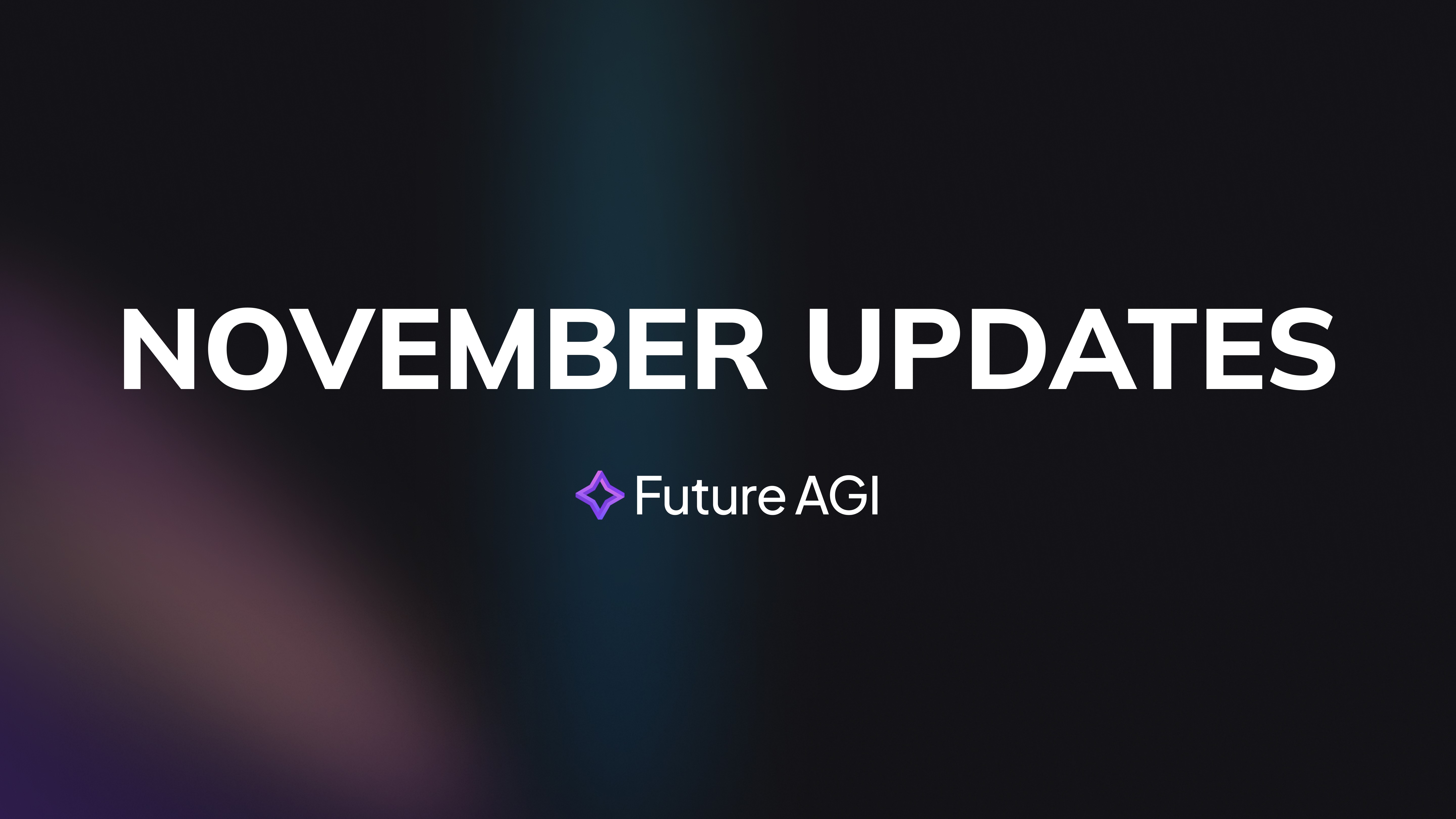Introduction
Large Language Models (LLMs) like OpenAI’s GPT-4, Google’s BERT, and newer open-source alternatives are revolutionizing industries, from healthcare to customer service. However, for data scientists, machine learning (ML) developers, and software engineers, the journey of experimenting with LLMs involves navigating unique challenges. This article dives into best practices, industry trends, and ethical frameworks for working with LLMs, ensuring impactful outcomes while keeping pace with the latest advancements in AI experimentation.
Challenges in Large Language Model (LLM) Experimentation

Experimenting with LLMs offers immense opportunities but also comes with significant hurdles:
a. Data Quality and Bias:
The quality of training data heavily influences LLM performance. Poor datasets not only degrade model accuracy but can also perpetuate harmful biases, making robust data pipelines essential.
b. High Computational Costs:
LLMs require enormous computational resources. Training or fine-tuning models like GPT-4 can be prohibitively expensive for startups and small organizations, pushing them toward parameter-efficient strategies.
c. Ethical Concerns:
As LLMs become integral to industries, questions about bias, misinformation, and ethical AI use have become critical. Responsible experimentation requires integrating ethical AI frameworks.
d. Model Interpretability:
LLMs often operate as "black boxes," making it difficult to interpret their outputs or debug unexpected behaviors.
Emerging Trends in LLM Experimentation for 2024

The field of AI experimentation is evolving rapidly. Here are the top trends reshaping LLM development:
a. Low-Rank Adaptation (LoRA) and PEFT:
Parameter-efficient fine-tuning techniques like LoRA allow developers to adapt LLMs to specific tasks with minimal data and resources. This democratizes access to powerful AI models.
b. Multimodal AI Development:
The rise of multimodal LLMs, such as OpenAI’s GPT-4 and Google’s Gemini, enables models to handle text, image, and even video data. This trend unlocks opportunities in industries requiring cross-disciplinary solutions.
c. Open-Source Alternatives:
Hugging Face, Falcon, and Mistral are spearheading the open-source AI movement, providing cost-effective and customizable alternatives to proprietary models like GPT.
d. AI Compliance and Regulation:
Legislation like the EU AI Act is driving developers to integrate AI compliance into their workflows, ensuring their models align with privacy and ethical standards.
e. Synthetic Data Generation:
To address data scarcity, synthetic data is being used to augment datasets and improve LLM training, particularly in underrepresented domains.
Best Practices for Large Language Model Development
For successful experimentation and deployment, data scientists and ML developers should adopt these best practices:
a. Start with Smaller Models:
Before committing resources to train or fine-tune massive models like GPT-4, experiment with smaller models like GPT-2 or open-source alternatives. This allows for hypothesis testing without incurring high costs.
b. Focus on High-Quality Data Pipelines:
Invest in robust data preparation workflows. Tools like Snorkel and synthetic data generation techniques can enhance data diversity and quality, reducing biases in your models.
c. Monitor Ethical AI Use:
Integrate ethical AI frameworks such as IBM’s AI Fairness 360 or Google’s What-If Tool to assess fairness and mitigate biases during experimentation.
d. Leverage Tools for LLM Experimentation:
Utilize platforms like Hugging Face for open-source model experimentation and MLflow for tracking LLM performance across iterations. LangChain can help with prompt engineering in real-world applications. Additionally, continued LLM pretraining can further refine model performance by exposing it to domain-specific data, making it more adaptable and reliable in specialized use cases.
e. Optimize Resources with LoRA and PEFT:
Incorporate parameter-efficient fine-tuning techniques to reduce compute costs and improve the speed of development cycles.
Applications of Large Language Models in Industry
LLMs are being deployed across diverse industries, revolutionizing operations and decision-making.
a. Healthcare:
LLMs assist in summarizing medical records, generating clinical notes, and providing preliminary diagnostics. Epic Systems, for instance, integrates GPT-4 into electronic health records to enhance efficiency.
b. Customer Support Automation:
Companies like Zendesk are using fine-tuned GPT models to automate customer service, improving response times and user satisfaction.
c. Education and Upskilling:
LLMs power personalized learning platforms, generate quizzes, and simplify complex topics, making education more accessible and engaging.
d. Creative Industries:
From content generation to scriptwriting, multimodal AI models are reshaping creative workflows, enabling creators to collaborate with AI tools in real-time.
What’s Next for Large Language Model Experimentation?
a. Decentralized AI and Federated Learning:
Federated learning is emerging as a solution for collaborative model training without compromising data privacy. This trend is particularly promising for industries like healthcare and finance.
b. Synergies with Quantum Computing:
Quantum computing is poised to accelerate LLM training by reducing processing times and optimizing model parameters.
c. Continual Learning and Adaptation:
Future LLMs will adopt continual learning paradigms, retaining knowledge over time without requiring full retraining when exposed to new data.
d. Personalized AI Models:
Tailoring LLMs for specific users or organizations through lightweight customization will become a priority, enabling more precise and relevant outputs.
Conclusion
The potential of Large Language Models to revolutionize industries is undeniable, but realizing this potential requires thoughtful experimentation, ethical frameworks, and alignment with industry trends. By adopting best practices like leveraging parameter-efficient fine-tuning, investing in data quality, and embracing open-source alternatives, data scientists and developers can navigate the challenges of LLM experimentation and unlock transformative possibilities for their organizations. However, optimizing LLMs doesn’t stop at experimentation—real-time monitoring of LLM performance is essential to ensure sustained reliability and efficiency post-deployment."
What Makes the ‘Experiment’ Feature Stand Out at Future AGI
At Future AGI, we’re driving innovation and empowering developers and businesses with cost-effective, responsible LLM experimentation that delivers results faster by-
Intuitive Side-by-Side Comparisons
Easily generate and compare datasets across different prompts or models, viewing results simultaneously. This transparent, side-by-side layout makes it simple to identify what works best and why.
Comprehensive Evaluation Metrics
Measure performance with over 70+ built-in evaluation metrics or configure your own for custom use cases. This feature ensures every aspect of your model is analyzed with precision.
Unified dashboard for your Analysis Needs
Access a centralized dashboard where you can view, analyze, and compare all your experiment results in one place. This streamlined interface eliminates the need for scattered tools, making your evaluation process more efficient and insightful.
Dynamic Prompt Customization
Use dataset variables directly within prompt templates, allowing for unparalleled flexibility and adaptability in testing and refining prompts.
References:
Low-Rank Adaptation (LoRA): Hu, E., Shen, Y., Wallis, P., Allen-Zhu, Z., Li, Y., Wang, L., & Chen, W. (2021). LoRA: Low-Rank Adaptation of Large Language Models. arXiv preprint arXiv:2106.09685.
Parameter-Efficient Fine-Tuning (PEFT): Ben Zaken, E., Goldberg, Y., & Ravfogel, S. (2021). BitFit: Simple Parameter-Efficient Fine-Tuning for Transformer-Based Masked Language-Models. arXiv preprint arXiv:2106.10199.
Open-Source LLMs: Hugging Face. (n.d.). Hugging Face – The AI community building the future. Retrieved from https://huggingface.co/
Multimodal LLMs: Alayrac, J.








